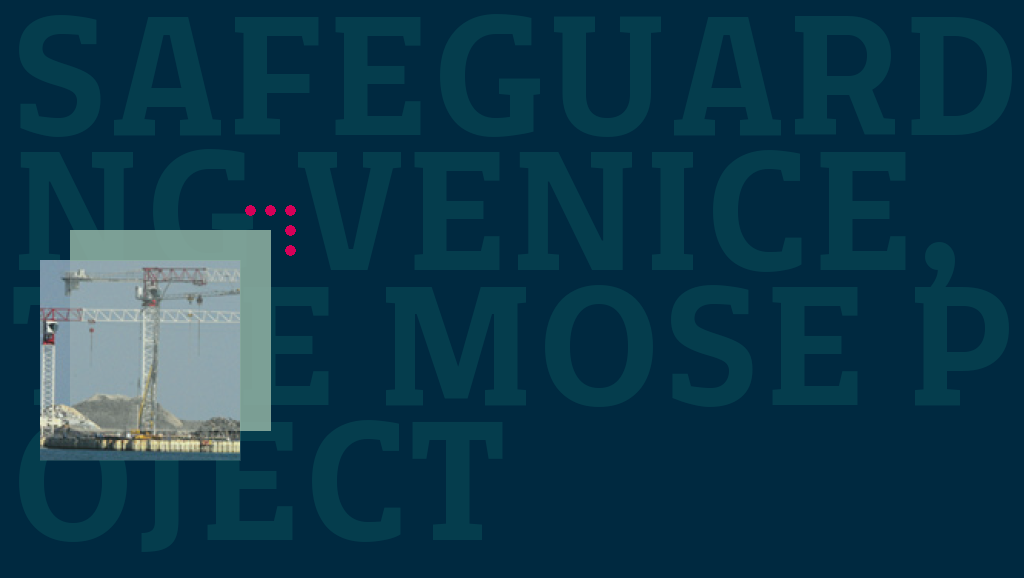On March 20th 2012 MIT hosted an event entitled ‘The Safeguarding of Venice and its Lagoon: The Mose System’ and Jonathan Hankins was present as representative of the Bassetti Foundation.
The widely reported Mose system aims to bring an end to the flooding of Venice caused by a combination of high tides and storms and involves the construction of a barrier to close the lagoon from the incoming tide.
The project is much broader than just the construction of the barrier however, involving extensive sea defence construction, marshland regeneration and a significant remodeling of the openings to the lagoon itself.
The Venice lagoon is in effect a human construction, created over the last 500 years through river engineering and reclamation, and has 3 openings to the sea. The mose project involves the construction of 3 separate and autonomous barriers that can close all of the inlets while allowing shipping to pass via the locks that have been constructed alongside the barriers themselves.
See this video for a demonstration of the system.
The project is set to cost possibly tens of billions of Euros and is not without its critics. Some argue that the new developments are putting the entire ecosystem of the lagoon at risk, others argue that the engineering design is flawed and that the costs both for construction and maintenance are too high, and others that it is a giant funnel for distributing government money to its supporters.
See this video for the critic’s side of the argument.
The MIT presentation did not however broach any of these issues. MIT was in fact chosen to host the presentation because engineers from the institute had helped in the design of the project and many were present.
Within the Italian contingent presentations were made by Maria Teresa Brotto, Head of the Engineering Department of the ‘Consorzio Venezia Nuova’ and by Giovanni Cecconi, Head of the Centre for Modeling and Forecast Systems of Thetis Spa Venezia.
Brotto described the project in some detail, the engineering involved and the technicalities, while Cecconi described how the models were created that were then used to forecast sea movements and the effects upon the lagoon.
Following the Bassetti Foundation’s interest on risk as an issue of responsibility, Hankins posed a question to Giovanni Cecconi during the question and answer session that followed the presentation.
The question was the following: When designing a project of this size that takes many years to complete, how do you factor in the problem of risk, talking about economic, technical, the possibility of a lack of funding and environmental and personal health issues, and how can the issue be addressed over the longer term?
Cecconi responded that risk management has to be an ongoing process of innovation and measurement. The key is adaption, because we cannot predict with certainty what will happen to the sea level and the climate, nor to the ecosystem. He continued by saying that the entire lagoon is the product of human intervention and adaption, with changes in waterways and the associated silting being used to construct the present day sea barriers. He described both the present engineering solution and the pre-existing system as ‘adaptive solutions’ to the problems faced by the City of Venice.
When asked about how the project will impact upon Venetians he again touched upon this point by suggesting that the barrier could be used to circulate the water in the lagoon by selective closure, meaning that they might actually create the capacity to flush the lagoon clean and resolve one of Venice’s perennial problems, that of smell in the summer (sewage is dumped directly into the lagoon with imaginable results in the summer). These possibilities must be tried out however as results cannot be adequately predicted.
The project is due for completion in 2014 and then the results should unfold for all to see.
——————–
(Photo: cantieri MOSE by gioberto09 from Flickr)
















